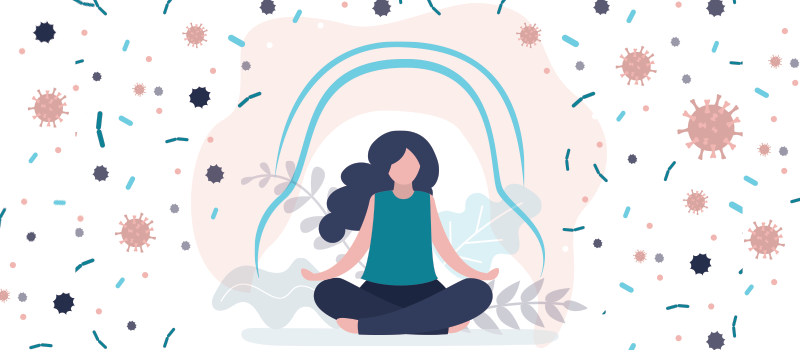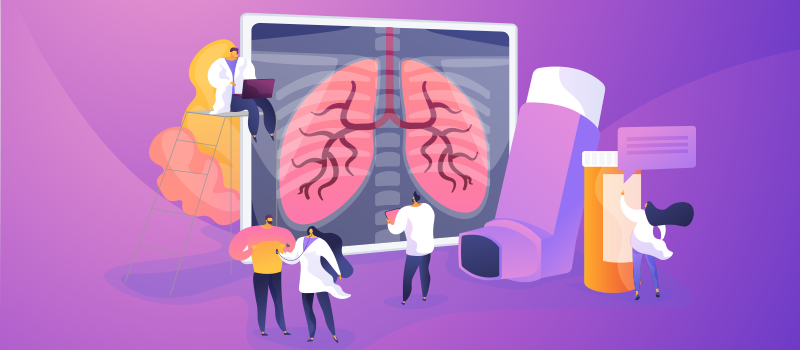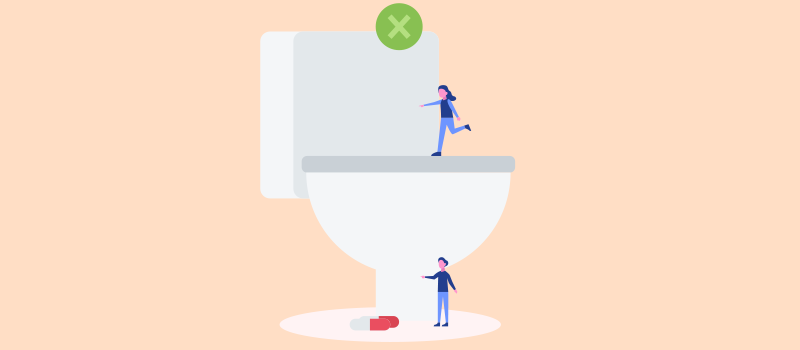What’s the Buzz
The Bee Healthy Blog
How to Detox and Drain Your Lymphatic System

The lymphatic system is a part of the body’s immune system. It has many important functions in the body. This article will provide an overview of the different parts of the lymphatic system and information on lymphatic drainage massage for detox and relief from swelling.
What is the lymphatic system?
The lymphatic system consists of a network of organs, tissues, and vessels which are briefly described below.
Lymph fluid
Blood capillaries deliver nutrients and collect waste products from the cells and tissues of the body. A colorless, watery fluid called lymph seeps into body tissues after the blood circulates. Lymph contains proteins, minerals, fats, damaged cells, cancer cells, white blood cells, and cells called macrophages. It eventually flows back into the blood circulation through lymph vessels and mixes with blood plasma.
Lymph nodes
These are small, bean-shaped glands that filter the lymph fluid. Lymph nodes also make and store lymphocytes (infection-fighting white blood cells). There are 500-600 lymph nodes distributed throughout the body. They occur in groups called chains. Common sites for regional lymph nodes are the neck, armpits, and groin. A swollen lymph node can occur in response to infection or from the buildup of lymph fluid or immune system cells.
Lymphatic vessels
A network of capillaries (small blood vessels) called lymph vessels collect lymph from the tissues and transport it to the lymph nodes. Lymphatic capillaries function like veins and have valves to ensure a one-way flow of lymph. Lymph capillaries join larger vessels called collecting ducts.
Collecting ducts
The left lymphatic duct (thoracic duct) and right lymphatic duct are together called the collecting ducts. They are the larger lymphatic vessels and the last part of the lymphatic vasculature. The collecting ducts take the lymph and empty it into the subclavian veins to join the bloodstream.
Secondary lymphoid organs
In addition to the primary lymphoid organs mentioned above, the body also has secondary lymphoid organs and lymph glands through which lymph passes. Other organs that contain lymphoid tissue include the spleen, thymus, tonsils and adenoids, Peyer’s patches, and appendix. The bone marrow is also part of the lymphatic system. It is the soft part inside bones where white blood cells, red blood cells, and other types of blood cells mature.
What are the 4 main functions of the lymphatic system?
The lymphatic system plays a vital role in the body. Its main functions are:
Fighting bacteria and other infectious agents
The lymphatic system plays a critical role in immune function. It produces white blood cells called B cells and T cells, as well as other immune system cells. B and T lymphocytes fight infection and protect the body against microbes like bacteria, viruses, fungi, and parasites.
Removing excess fluid and maintaining fluid balance
The lymph system collects excess tissue fluid and transports it back to the bloodstream, thus helping to maintain body fluid levels.
Absorbing nutrients from the digestive system
The lymphatic system collects fats and proteins from the interstitial fluid in the small intestine and transports these nutrients to the circulatory system.
Transporting waste products and abnormal cells
The lymphatic system filters and transports waste products, damaged red blood cells and immune cells, and abnormal cells like cancer cells.
What are the diseases of the lymphatic system?
Some of the common diseases of the lymphatic system include:
Lymphadenopathy
This is an enlargement or swelling of the lymph nodes that occurs in response to inflammation, infection, or cancers. Infections like strep throat and mononucleosis commonly cause enlarged lymph nodes.
Lymphadenitis
When swollen lymph nodes (lymphadenopathy) are the result of infection or inflammation, it is called lymphadenitis.
Lymphedema
A blockage in the lymph tissue can lead to an accumulation of fluid. This is called lymphedema (swelling). The fluid tends to accumulate in the arms and legs. Lymphedema can occur when infectious agents block lymphatic ducts. It can also occur when lymph vessels or lymph nodes are damaged, such as after surgery or radiation therapy for cancer. The severity of lymphedema can range from mild to painful and disabling swelling. Lymphedema increases the risk of potentially life-threatening deep skin infections.
Lymphatic system cancers
Primary tumors of the lymphatic system are called lymphomas. There are different types of lymphomas, including Hodgkin’s and non-Hodgkin’s. Cancerous cells from tumors elsewhere in the body can also block lymphatic tissue and interfere with the flow of lymph.
Lymphatic filariasis
Also called elephantiasis, this is a parasitic disease in which the type of roundworm damages the lymphatic system and causes lymphedema (swelling).
How do you keep your lymphatic system healthy?
The best way to keep your lymphatic system healthy is by leading a healthy lifestyle. Specifically, you should avoid exposure to toxins and chemicals, drink plenty of water and stay hydrated, eat a healthy diet, and exercise regularly.
What is lymphatic drainage massage?
Lymphatic drainage massage or manual lymphatic drainage is a gentle massage technique that can help to relieve lymphedema. As mentioned, lymphedema is swelling that occurs after an illness or medical treatment damages or blocks the lymphatic ducts. The massage helps to move lymph along from areas where the lymph vessels are damaged to areas where the lymphatic ducts are healthy.
Lymphatic drainage massage should be done by a qualified therapist, but you can also learn some simple techniques to do at home. It is important, however, to learn the proper technique so that you know which areas to massage and how much pressure to apply.
Some of the conditions that can benefit from lymphatic drainage massage include swelling after breast cancer surgery, filariasis, chronic venous insufficiency, vein stripping surgery, deep vein thrombosis, excision of burn scar tissue, rheumatoid arthritis, fibromyalgia, lipectomy, and lipedema.
When should you not do lymphatic drainage massage?
Lymphatic drainage massage is an effective treatment for lymphedema and is generally safe for most people. However, people with medical conditions like heart disease, kidney failure, blood clots, and infections should not get a lymphatic drainage massage. Always consult your healthcare provider before undergoing any kind of massage to detox and drain lymphatic fluid.
References:












SOCIAL